To experience the book—which reprints the negative film strips themselves—in a more complex and multi-layered way (to see the positive images and true colors of the photographs), the reader needs to view the book using the camera of his or her smartphone (go to Settings>General>Accessibility>Invert Colors). By reprinting the negatives, the artist emphasizes the mystery of traditional photography and the anticipation in developing film and seeing the final images. “Unlike digital photographs, which can be manipulated, negatives never lie,” said Mr. Xu, in an interview with The New York Times about why he decided to reprint only the negatives. He considers reprinting negatives “direct evidence of the real world’s image,” and as a method to “pose a challenge to objectivity.”
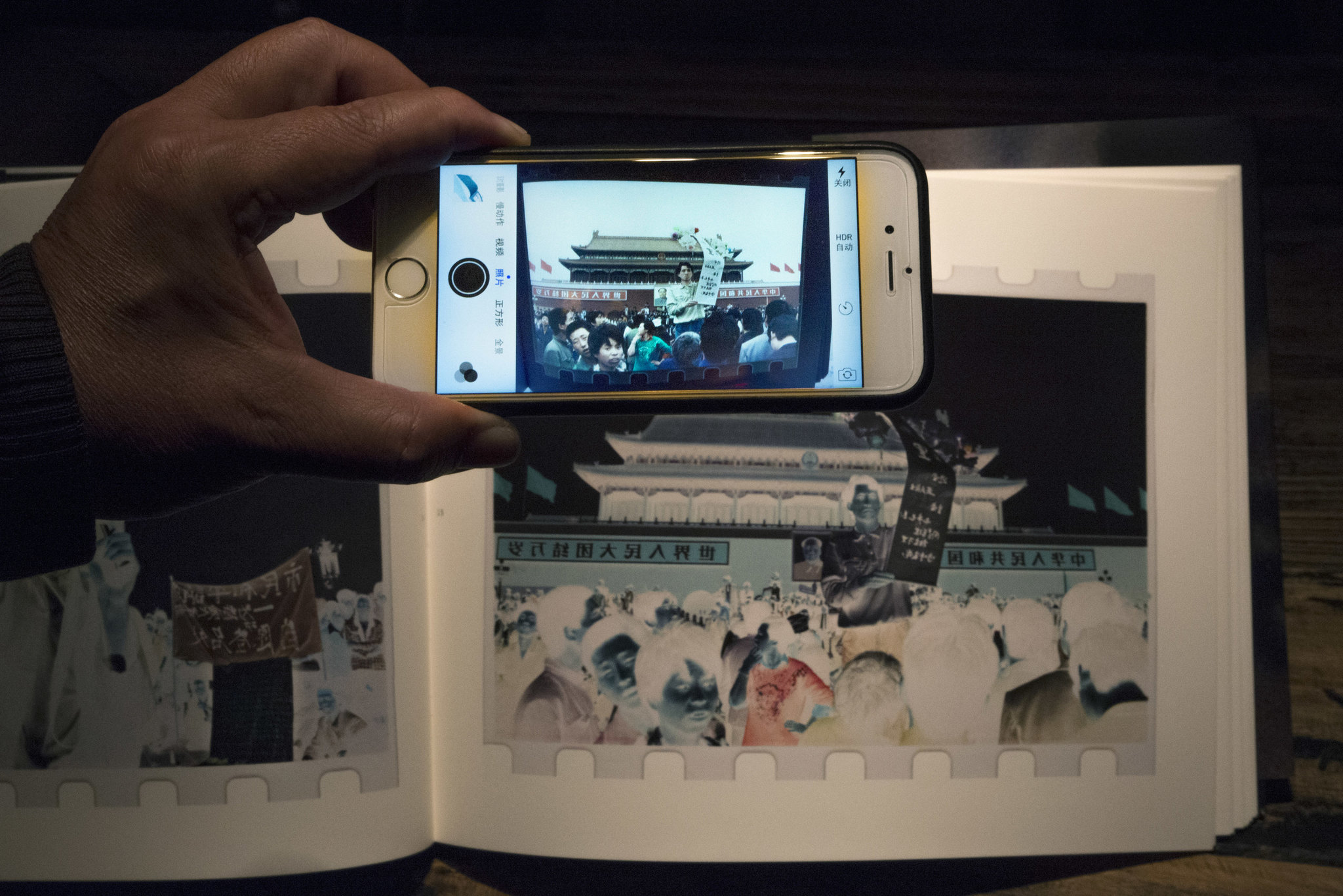
Gilles Sabrie for The New York Times
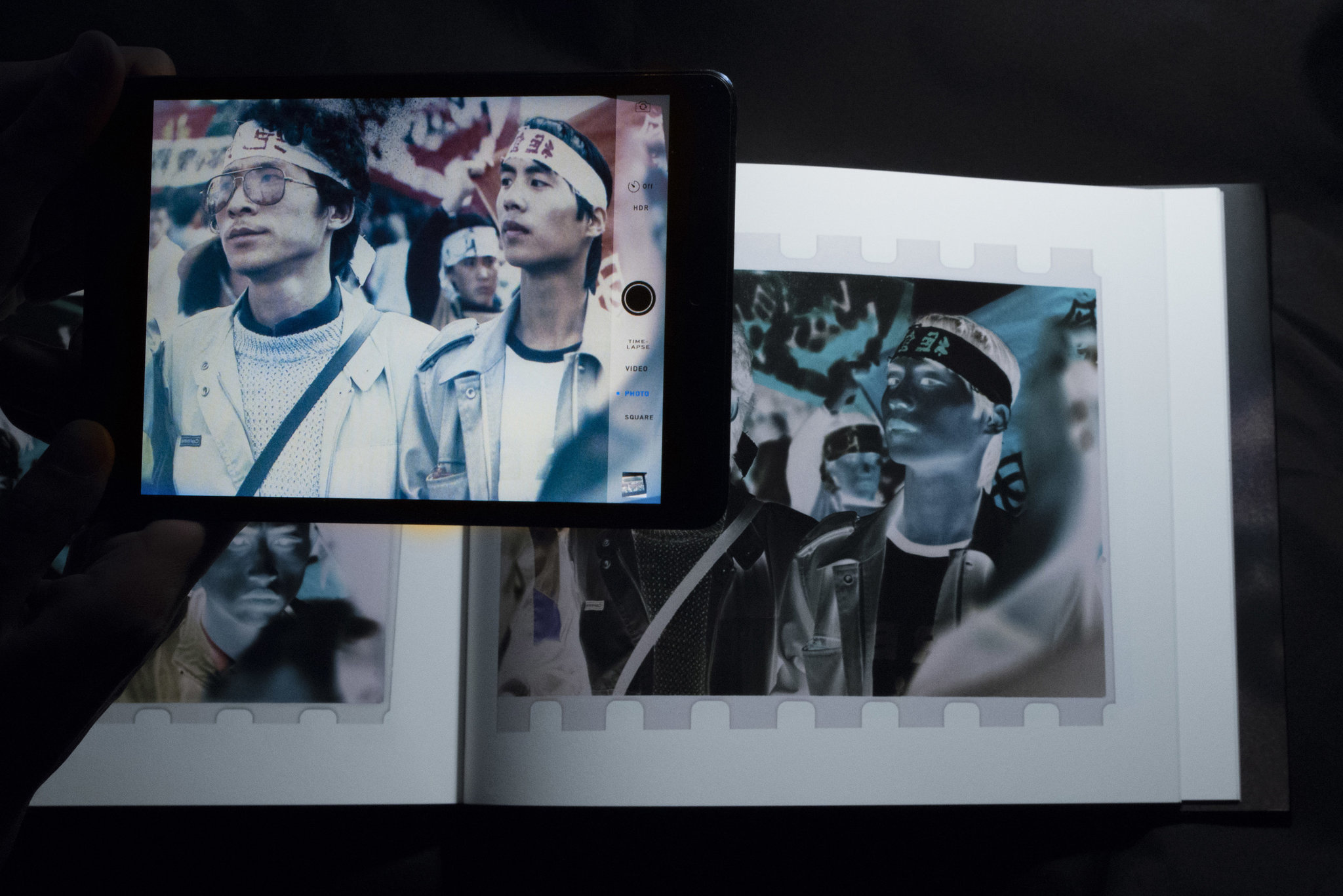
Gilles Sabrie for The New York Times
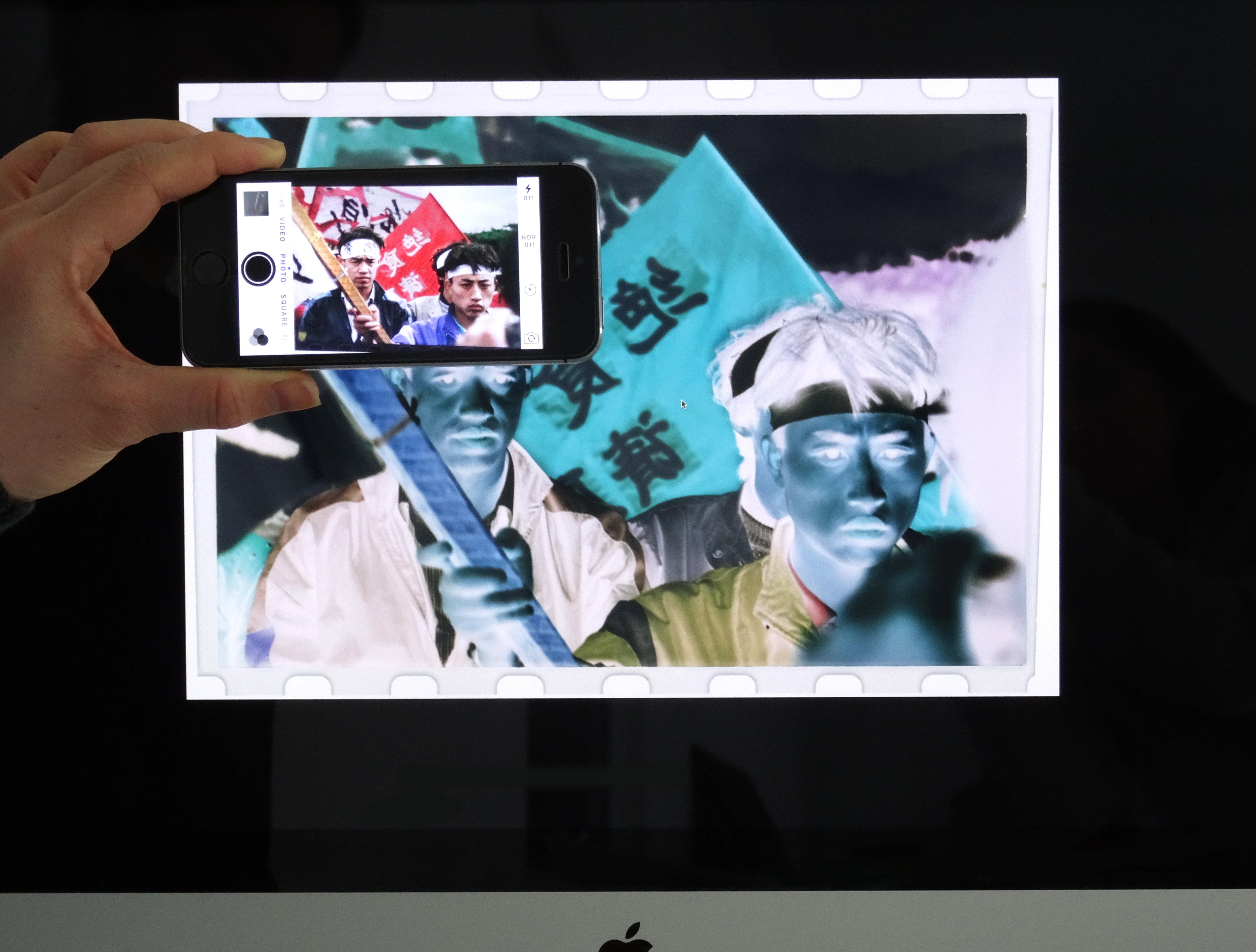
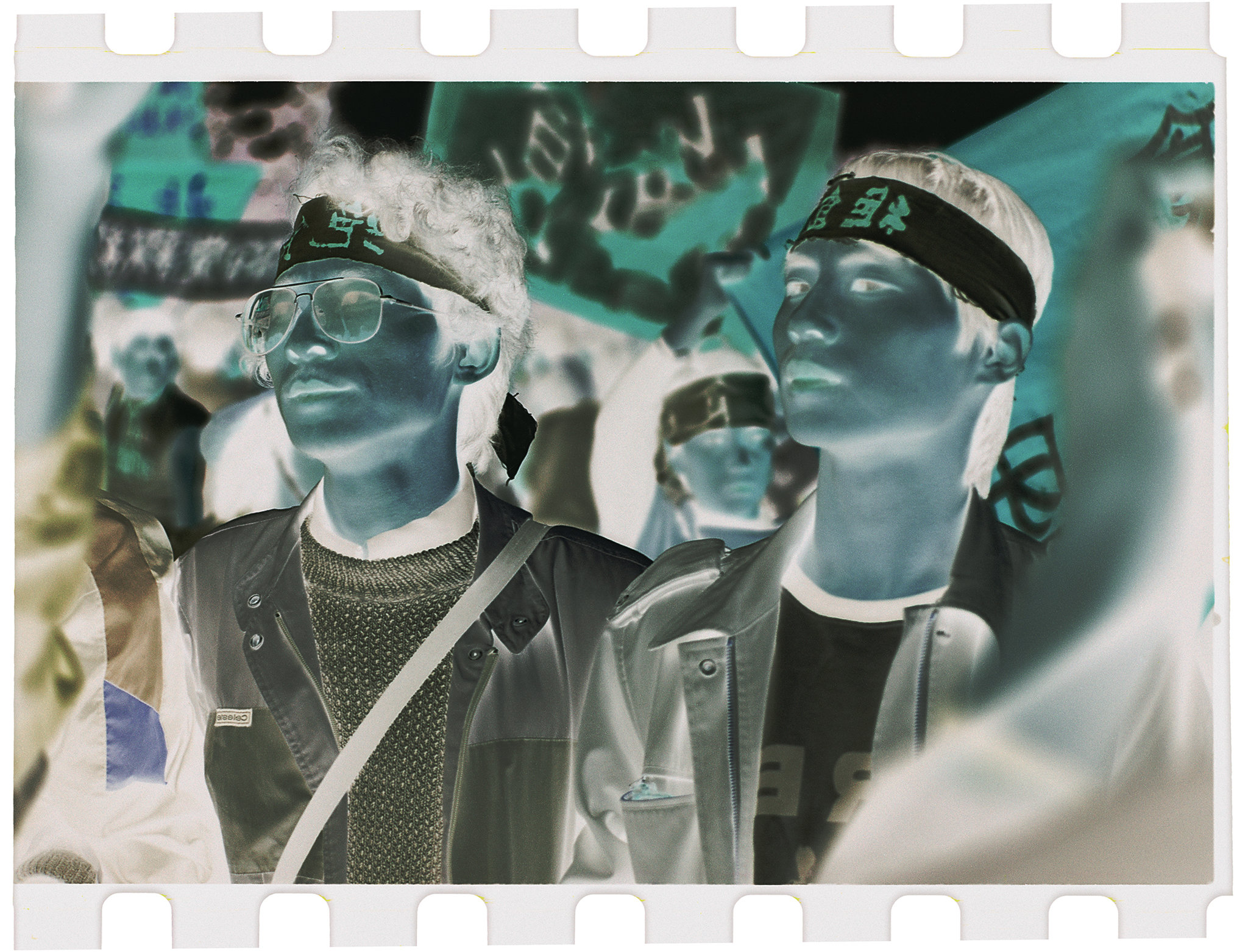
June 4, 1989, Tiananmen Square, Beijing, China. From the book "Negatives". © Xu Yong
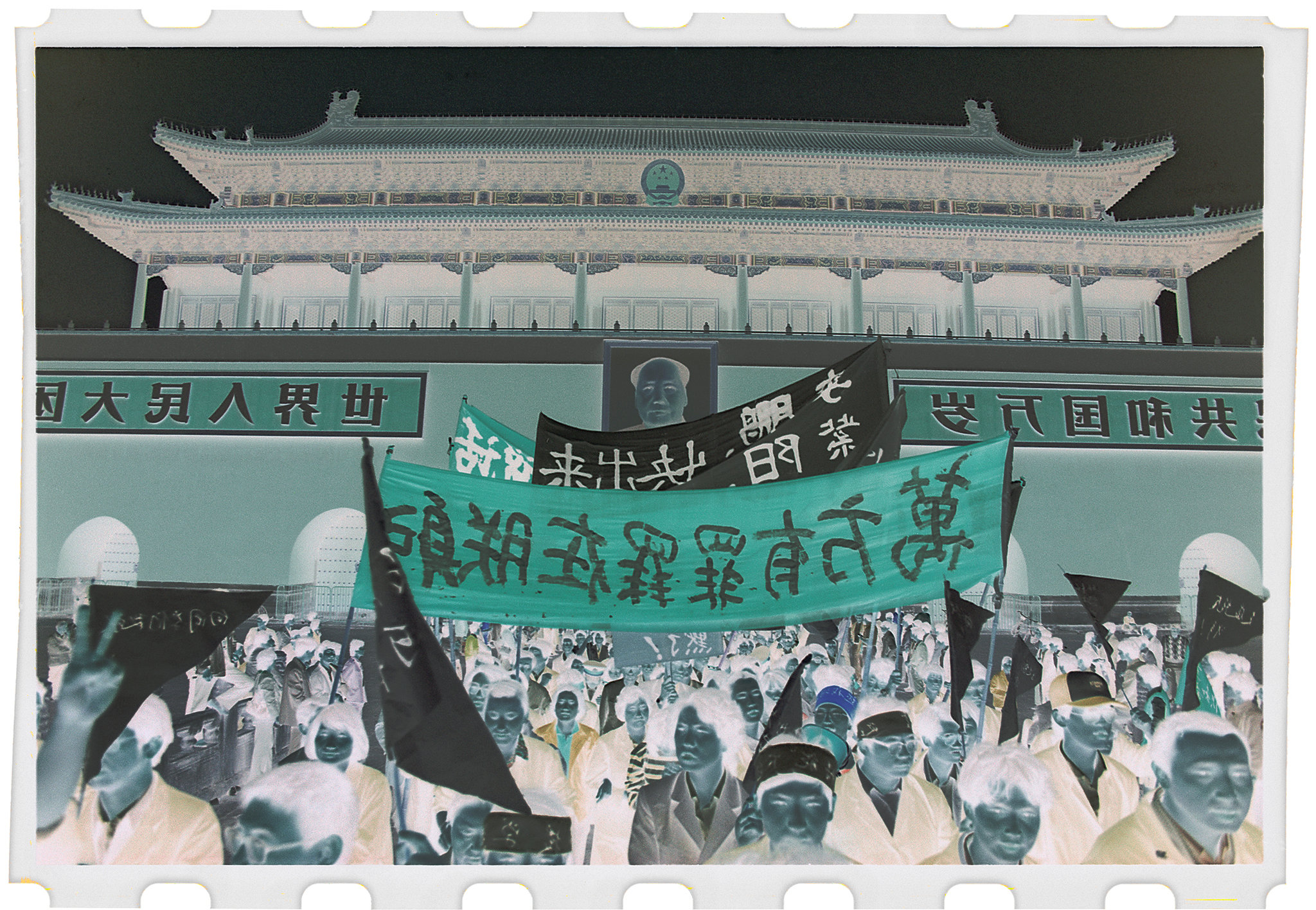
June 4, 1989, Tiananmen Square, Beijing, China. From the book "Negatives". © Xu Yong
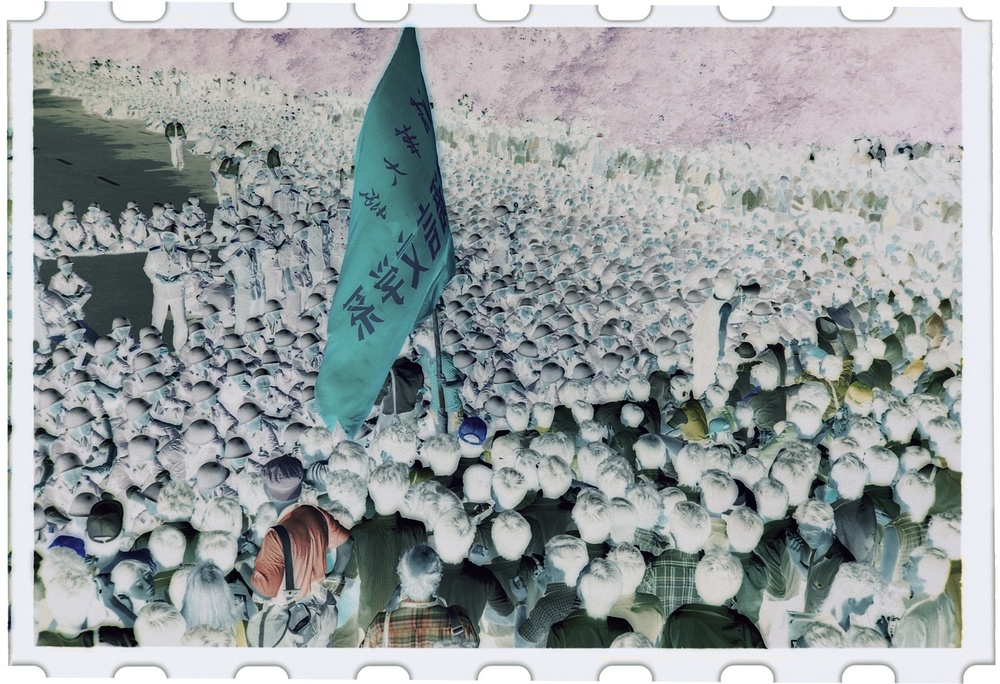
June 4, 1989, Tiananmen Square, Beijing, China. From the book "Negatives". © Xu Yong
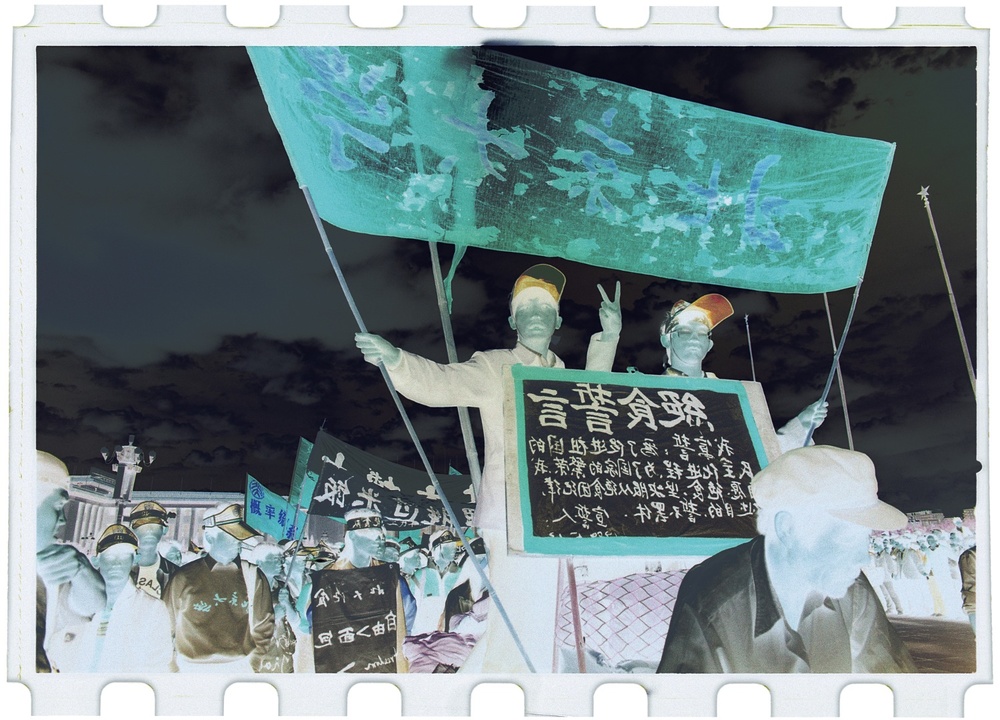
June 4, 1989, Tiananmen Square, Beijing, China. From the book "Negatives". © Xu Yong

